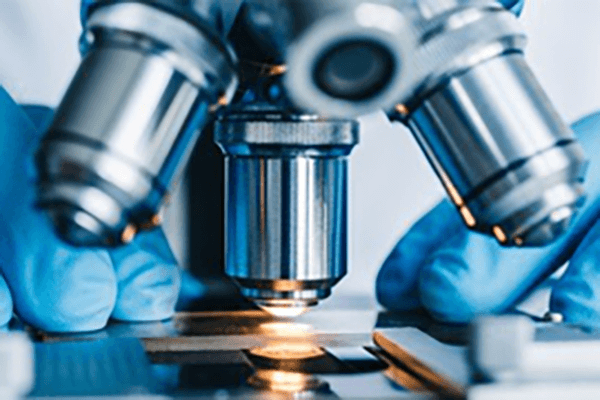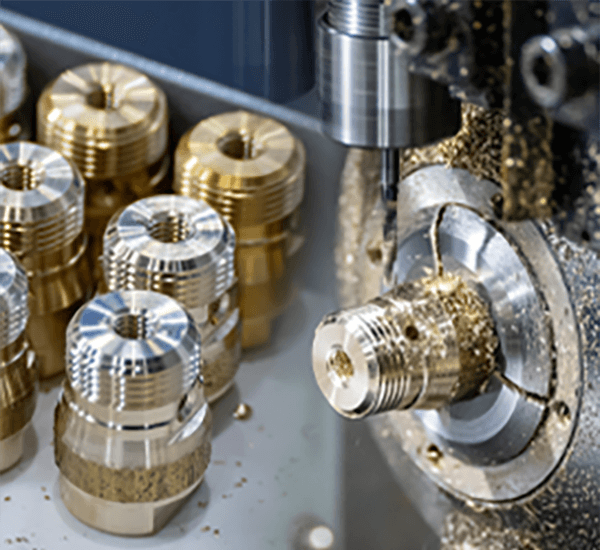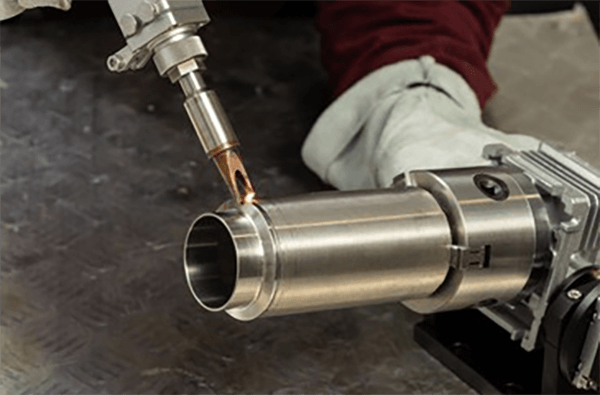
Attaining target exterior polish for a CNC part is highly significant.
- CAD annotations convey exact surface criteria for production
- Engineers often specify Ra (average roughness) to numerically define surface irregularity
- Interpreting finish callouts is necessary to guarantee parts satisfy functional criteria
- Specified texture can change lubrication regimes, frictional forces, and endurance
- It is essential to interpret the specific callout to achieve the desired outcome
CNC Machining — Precision Engineering Explained

Numerical control machining stands as an advanced production approach via numerical control software the system carves sophisticated geometries with precision.
- Computer-driven machining creates reliable parts from assorted materials
- CNC adaptability suits industries including aerospace and automotive sectors
- G-code driven machining maintains reliable consistency across batches
Across development to broad production CNC machining contributes fundamentally to manufacturing innovation
Comprehending CNC Machine Specifications
Interpreting CNC data often seems complex on first review
Yet armed with basic knowledge and methodical steps you can manage technical specifications
Set out by finding key metrics: spindle speed, feed settings, positional accuracy, work envelope, controller
Each of these specifications contributes to the machine's overall performance.
By way of example raised spindle rpm benefits soft stocks while boosted feed enhances output.
Knowing these correlations permits matching machine capabilities to your specs
It’s wise to study manufacturer documentation comprehensively.
Supplier manuals often give critical context and define technical language
CNC Machinery: An Exhaustive Guide
Numerical-controlled machines are computer-guided systems for accurate automated manufacturing across substrates Operation relies on parsing G-code directives to manage cutting devices and toolpaths.
- Common CNC classes include milling machines, turning lathes, routing systems, plasma cutters
- Cutting methods suit steels, plastics, woods, and layered composites
- Moreover CNC platforms enable rapid model creation and small-batch production for SMEs and R&D teams
Fundamental CNC Machine Concepts
They exemplify the union of precise mechanics and modern control software Flexible equipment harnesses software instructions to automatically fabricate basic components and intricate assemblies Key principle turns electronic models into physical artifacts.
- CNC machining
- Digital-to-physical process
It comprises controlled axis moves directed by programmed code Technicians are essential for choosing cutting settings, supervising processes, and validating final quality.
The Role of Surface Finish in CNC Machining
Achieving the desired surface finish in CNC machining is crucial It greatly affects the final product's performance as well as its aesthetics Material selection, cutting strategy, and finishing steps all influence final texture.
A smooth surface finish can enhance the product's durability while a rougher finish may reduce its effectiveness Code-driven machining enables selective tooling and techniques to attain required textures.
- Such as employing varied cutter geometries |tool materials|surface speed choices to reach texture
- Supplementary finishing like polishing or abrasive grinding enhances surface
Understanding the relationship between machining parameters and surface finish is essential for achieving optimal results in CNC machining operations.
An Introduction to CNC Machine Operation
A precise fabrication technique, it applies computer-controlled machines to produce parts from assorted materials They adhere to programmed code to reproduce complex geometries with repeatable accuracy Understanding machine control, programming, and tooling choices is crucial for effective machining
Industry applications include aircraft, automotive, medical, electronics, and beyond From complex aerospace components to precise injection molds, CNC is essential for complex parts
Callouts and Surface Roughness for CNC Parts
Right specification of finish is necessary for CNC-produced parts It verifies compliance with intended functional and aesthetic goals Technical callouts frequently employ Ra as the roughness metric Shown in micrometers or inches, the measurement denotes typical roughness magnitude.
Account for desired texture and the component’s purpose when selecting finish

Typically smoother finishes are chosen where tight dimensional control and alignment matter
By contrast coarser finishes may be useful where additional grip or friction is desirable
Utilize a clear and concise callout in your engineering drawings to communicate the desired surface finish Enter the Ra specification and describe any post-process finishing or treatments.
Observe that unambiguous finish specifications are vital for manufacturing outcomes
Categories of CNC Machines and What They Do
CNC technologies cover several machine formats that handle a range of job types They work with CAD/CAM programs to command cutters and deliver accurate component fabrication.
- Drilling units excel at producing holes and axial features in parts
- Lathes excel at producing round parts such as shafts rods and bushings
- Waterjet cutters use high-pressure abrasive streams to cut diverse materials without thermal effects
Machine selection is dictated by workpiece material, geometric complexity, and precision demands Unique machine capabilities support varied industry needs such as automotive, aerospace, and medical.
Attaining Superior Surface Quality via CNC
Securing excellent surface finish plays a key role in production and CNC methods enable that outcome By combining feed optimization spindle settings and cutter geometry selection operators reduce patterning and improve finish In addition top-grade tooling and adequate lubrication help generate finer surfaces Deliberate machining strategies and exact setups enable production of components with excellent texture.
Realizing Finish through CNC Code
Skillful CNC programming directly impacts the final surface quality Cutting parameter selection—feed, speed, tool geometry—controls surface finish Exact parameter choices plus proper fluid management achieve refined finishes.
- Also ongoing tool care and inspection support sustained finish reliability Besides machine finishing symbols that systematic tool upkeep and monitoring ensure sustained surface quality Furthermore regular tool maintenance and inspection are essential for ensuring a consistent and high-quality surface finish over time
- In order to refine finish consider material, target roughness, and end-use needs
- Using CAM simulation lets you preview and tweak toolpaths to lower defect risk
- Furthermore regular tool maintenance and inspection are essential for ensuring a consistent and high-quality surface finish over time
